MARKET OVERVIEW
The global calibration management software market is part of a highly niche industry segment of the software sector that deals with digital applications that are specifically meant to manage, monitor, and optimize calibration processes within various industries. The market is focused on software solutions that assist organizations in maintaining their measurement devices and equipment to consistently output accurate and dependable readings. These systems are not confined to manufacturing or engineering sectors only but will be increasingly used in healthcare, pharmaceutical, aerospace, defense, and energy sectors where the precision of measurement is a vital factor in operational efficiency as well as compliance.
Fundamentally, the global calibration management software market is tackling the age-old issues faced by companies in keeping records of calibration, calibrations scheduling, and regulatory standard compliance.
In the sectors where slight deviations in measurements might cause material financial or safety risks, this kind of software is a vital tool to minimize errors and ensure consistency. Firms using this software typically work in sectors subject to regular audits and regulatory approvals from organizations. Through the use of these systems, they will be more capable of keeping track of open records and proving compliance with stringent quality control standards. This market goes beyond raw data logging or simple record-keeping.
The software solutions moving forward in this market will evolve towards offering highly integrated systems, which will connect with the other systems of enterprise resource planning, laboratory information management systems, and IoT devices.
This integration will allow for real-time updates, predictive maintenance scheduling, and automation of the process of reporting. As more industries adopt automation, the demand for sophisticated calibration management solutions will certainly grow to facilitate effortless interoperation in larger digital environments. Customers of these solutions will no longer just be interested in operational precision but will look for platforms that improve efficiency, decrease downtime, and optimize asset management practices. Most organizations continue to use aged processes or disjointed systems to monitor calibration status, which inevitably results in inefficiencies and human inaccuracies.
Future developments in the global calibration management software market will seek to root out these issues by delivering more user-friendly interfaces, workflow customization, and analytics-based reports that enable sounder decision-making.
The reach of this market spans into regions where adherence is paramount. For instance, drug manufacturers have to adhere to very tight Good Manufacturing Practices, and aerospace manufacturers adhere to very strict equipment calibration standards. These regulatory environments will compel organizations to implement advanced systems that can offer comprehensive audit trails and evidentiary assistance for compliance.
These changes will redefine business perceptions of calibration as not only a technical requirement but as a strategic part of quality assurance. Though the global calibration management software market will remain catering to traditional industries, its future will see it spreading to new sectors like renewable energy and autonomous vehicle technologies. These sectors will require accurate measurements for their technologies to operate safely and effectively. The future of this market will not be limited to desktop solutions but will increasingly lean toward cloud-based systems, mobile-supportive platforms, and AI-supported features that are able to forecast impending failures before they happen.
The global calibration management software market exists as a key facilitator for organizations seeking to uphold accuracy and compliance within a rapidly automated world. Its development will mirror the wider industry movements toward digitalization, connectivity, and anticipatory maintenance, establishing new benchmarks for the way that businesses control one of their most vital business elements: measurement accuracy.
Global calibration management software market is estimated to reach $544.67 Million by 2032; growing at a CAGR of 5.4% from 2025 to 2032.
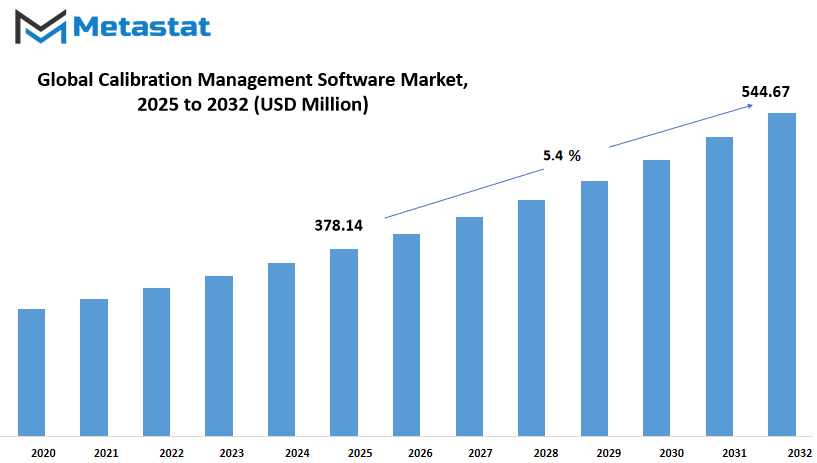
GROWTH FACTORS
The global calibration management software market is expected to see steady growth in the future because of several important factors. One of the key reasons for this growth is the rising need for accurate and reliable measurements across different industries. Many businesses today are focusing more on quality control and precision, which pushes them to adopt software that can help manage and monitor their calibration activities. This software not only improves the accuracy of their equipment but also helps them stay in line with regulatory requirements, which are becoming more strict year by year.
Another major factor driving the growth of the global calibration management software market is the growing adoption of automation in industrial processes. As industries become more digitalized, they look for solutions that can reduce manual efforts, save time, and increase efficiency. Calibration management software fits well into this need, as it can automate many tasks that were once done by hand, such as tracking calibration schedules, sending reminders, and storing data. This saves companies time and resources, making the software an attractive investment.
However, there are a few challenges that might slow down the growth of the market. One of these challenges is the high cost of implementation and maintenance. Small and medium-sized companies, in particular, may hesitate to adopt such solutions because of the initial expenses involved. Additionally, a lack of awareness and understanding of how this software can benefit a business can also hold back market expansion. Some companies may not realize the long-term savings and efficiency gains that can be achieved through this investment.
Despite these challenges, there are clear opportunities for growth in the global calibration management software market. The increasing use of advanced technologies like artificial intelligence and cloud computing will open up new possibilities for software providers. These technologies can make calibration management systems even more efficient, user-friendly, and capable of handling complex data. As more companies recognize the value of these improvements, demand for modern, high-tech solutions will likely grow.
Furthermore, as industries continue to expand globally, the need for standardization in calibration practices will also rise. Companies will look for software that can help them maintain consistency and accuracy across different locations and departments. This trend will create more opportunities for software providers to offer solutions that meet these needs. Over time, these factors together will support the steady and promising future of the global calibration management software market.
MARKET SEGMENTATION
By Deployment Type
The global calibration management software market is expected to see steady growth in the coming years as industries continue to look for more reliable and efficient ways to manage their calibration processes. Calibration is a necessary part of maintaining accuracy in equipment, and as technology becomes more advanced, the need for precise calibration systems grows alongside it. Many businesses are now moving away from manual methods, recognizing that software solutions will save time, reduce human error, and ensure compliance with industry standards. This shift is driving demand for advanced software platforms that can handle large volumes of calibration data with ease.
Looking at the future, the global calibration management software market by deployment type is mainly categorized into cloud-based and on-premise solutions. Both deployment types serve different business needs, but the trends are showing a significant rise in cloud-based adoption. Cloud-based solutions will allow businesses to access their calibration data from anywhere, making it easier for teams spread across multiple locations to stay connected and updated. These systems will provide automatic updates, enhanced security, and lower upfront costs compared to traditional methods. Furthermore, cloud-based options will continue to evolve, offering better integration with other business tools and analytics platforms. This will make it simpler for companies to make informed decisions based on real-time calibration data.
On the other hand, on-premise solutions will still hold value for organizations that prefer to keep their systems in-house due to security or regulatory reasons. These companies might deal with sensitive information or operate in industries where external data access is not permitted. For them, having full control over their calibration management software will remain important. Although this type of deployment might involve higher initial costs and require dedicated IT support, it offers peace of mind to businesses that prioritize privacy and control.
As technology continues to advance, the global calibration management software market will likely see further improvements in how these systems function. Future developments may include more user-friendly interfaces, automated workflows, and enhanced reporting capabilities. Artificial intelligence may also play a role in predicting calibration needs, reducing downtime, and increasing the accuracy of equipment maintenance schedules. As industries such as healthcare, manufacturing, and energy seek higher precision and reliability, the need for robust calibration management tools will only grow stronger. This market will continue to adapt and innovate, offering businesses the flexibility to choose the solution that best fits their needs while ensuring accuracy and compliance remain a top priority
By Organization Size
The global calibration management software market is expected to witness steady growth in the future, driven by advancements in technology and increasing demand for accurate and efficient calibration processes. Calibration management software is becoming an important tool for organizations looking to maintain the quality and precision of their equipment. As industries across the world continue to prioritize accuracy, safety, and compliance with international standards, this market will likely expand further. One of the main reasons for this growth is the growing awareness among businesses about the importance of well-maintained calibration records. This software helps in reducing errors, improving operational efficiency, and ensuring timely audits, which in turn saves both time and money.
When considering the market based on organization size, it can be divided into Small and Medium Enterprises (SMEs) and Large Enterprises. Both segments are expected to contribute significantly to the overall growth, but their needs and approaches often differ. Large Enterprises usually deal with complex operations that require more robust and integrated software solutions. They tend to have higher budgets and more specialized teams to manage calibration processes. As a result, these organizations will continue to invest in advanced systems that offer greater automation, cloud capabilities, and data analytics. The ability to integrate calibration software with other enterprise systems like ERP and quality management tools will also attract larger organizations.
On the other hand, Small and Medium Enterprises are becoming increasingly aware of the benefits of adopting calibration management software. Although their operations are often less complex than those of larger firms, the need for precision and regulatory compliance remains just as important. In the future, SMEs will look for affordable, user-friendly solutions that can offer flexibility without the need for heavy investment. Cloud-based services will likely become more popular among these businesses because they provide scalability and reduce the need for dedicated IT infrastructure.
Looking ahead, the global calibration management software market will also see changes due to the rise of automation, artificial intelligence, and data-driven decision-making. These technologies will influence how calibration processes are handled, making them faster, more reliable, and less dependent on manual input. Furthermore, as environmental concerns and energy efficiency gain attention, calibration management software will evolve to support sustainability goals, ensuring equipment operates within optimal parameters. The future of this market looks promising as industries of all sizes recognize the need for precise, reliable, and efficient calibration systems to meet both current and future challenges.
By Industry Vertical
The global calibration management software market is expected to witness steady growth in the years ahead as industries continue to move toward automation and digital tools for improved efficiency. Calibration management is essential for organizations that rely on precise measurements in their operations, and this software helps ensure that all equipment and instruments stay accurate over time. With industries becoming more competitive, businesses will not want to risk errors caused by outdated or poorly maintained equipment. This is where calibration management software steps in, offering an organized and reliable solution for scheduling, tracking, and documenting calibration activities.
Looking toward the future, several industries will shape the path of the global calibration management software market. In Life Sciences, precision and compliance are vital. Any error can have serious consequences, so companies in this field will continue to adopt advanced software to manage their calibration needs. Aerospace and Defense is another sector where accuracy cannot be compromised. In this area, the software helps maintain the highest standards for safety and performance, making it a necessary investment.
Manufacturing companies are also realizing the benefits of using this software. As they embrace more automated systems, the need for accurate calibration grows. The software will help them avoid downtime and maintain consistent product quality. Oil and Gas, as well as Energy and Utilities, rely heavily on equipment that must perform flawlessly under tough conditions. Calibration software will help these industries meet strict regulatory requirements and improve operational efficiency.
The Food and Beverage industry will continue to rely on such tools to ensure that production processes meet safety and quality standards. Any mistake in measurement can affect both the product and the company’s reputation. In the Automotive sector, precision plays a key role in the development and manufacturing of parts. Calibration software ensures that equipment remains within proper limits, supporting both safety and innovation.
Chemicals and other industries that depend on accurate measurements will also drive the demand for calibration management tools. These industries understand that accurate calibration can lead to better product quality, higher customer satisfaction, and fewer costly mistakes.
Overall, the future of the global calibration management software market looks promising. As industries continue to adopt smarter technology and prioritize accuracy, this market will likely expand. Businesses will recognize the value of investing in reliable software to help them meet industry standards, reduce risks, and maintain the trust of their customers. The importance of precision will not decrease, and calibration management software will play a key role in supporting this need well into the future.
|
Forecast Period |
2025-2032 |
|
Market Size in 2025 |
$378.14 million |
|
Market Size by 2032 |
$544.67 Million |
|
Growth Rate from 2025 to 2032 |
5.4% |
|
Base Year |
2024 |
|
Regions Covered |
North America, Europe, Asia-Pacific Green, South America, Middle East & Africa |
REGIONAL ANALYSIS
The global calibration management software market is expected to grow steadily in the future as industries continue to demand better accuracy and quality control in their operations. This type of software helps companies manage their calibration activities more efficiently by keeping track of equipment, schedules, and compliance standards. As industries become more advanced, the need for precise and reliable calibration will only increase. Companies are starting to see how this software can help them avoid costly mistakes, reduce downtime, and improve productivity. These factors will continue to drive the growth of the global calibration management software market over the coming years.
Geographically, this market has a wide spread across different regions, each contributing to its expansion in unique ways. North America, which includes the U.S., Canada, and Mexico, is seen as one of the leading regions. The strong presence of major industries and strict regulations around equipment accuracy will continue to push the demand for calibration software in this region. Europe, which covers the UK, Germany, France, Italy, and other countries, is also showing significant growth. European companies are heavily focused on meeting high standards for quality and environmental safety, which creates more opportunities for this type of software to thrive.
The Asia-Pacific region, which features countries like India, China, Japan, and South Korea, is expected to see one of the fastest growth rates. As these countries continue to develop their industrial sectors, the focus on maintaining precise standards is increasing. Businesses in this region are beginning to adopt more advanced technology to remain competitive on a global scale, and calibration software is part of this trend. South America, including Brazil and Argentina, is also gradually recognizing the benefits of this technology. Companies here are seeking ways to improve efficiency and comply with global standards, making this software more relevant.
The Middle East and Africa, with key countries such as those in the GCC, Egypt, and South Africa, are following a similar path. Industries in these regions are growing, and with growth comes the need for better control over processes and equipment. As these markets continue to modernize, the demand for calibration software will likely rise.
Looking ahead, the future of the global calibration management software market seems promising. As technology evolves and businesses aim for greater accuracy, this software will become even more essential. It is expected that industries worldwide will continue to adopt these tools as part of their efforts to maintain high standards and improve performance.
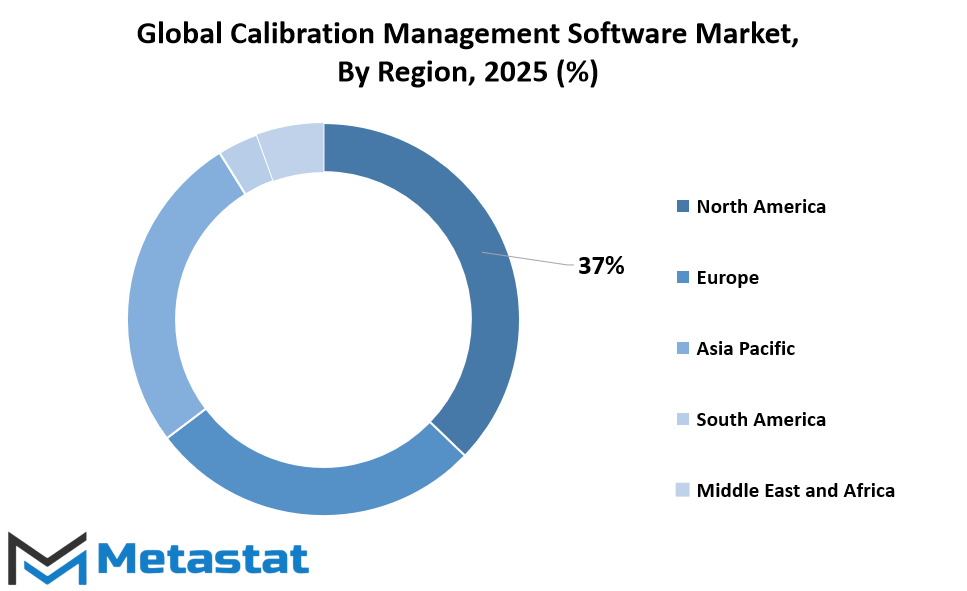
COMPETITIVE PLAYERS
The global calibration management software market is expected to experience steady growth in the coming years as businesses continue to recognize the importance of accurate and efficient calibration processes. Calibration plays a crucial role in industries where precise measurements are essential for safety, quality, and compliance. As technology moves forward, companies are looking for solutions that not only help maintain accuracy but also improve overall operational efficiency. This is where calibration management software steps in, providing automated tools to handle complex calibration schedules, records, and reports.
Many organizations today understand that relying on outdated manual methods can lead to errors, missed calibrations, and increased costs. This growing awareness is pushing more companies towards adopting software that can simplify and streamline their calibration activities. The global calibration management software market benefits from this shift, as businesses aim to enhance productivity and ensure compliance with regulatory standards. Automation reduces human error and saves time, making it an attractive investment for companies that value precision and efficiency.
Key players operating in the global calibration management software market include Fluke Corporation, Beamex Oy Ab, AcTouch.com, Ape Software Inc., CyberMetrics Corporation (GAGEtrak), CompuCal Calibration Solutions, MasterControl, Inc., Prime Technologies, Inc., Qualityze, Nagman’s Calman Plus, and Prime Technologies. These companies are focused on developing user-friendly platforms that meet the diverse needs of different industries. Their software solutions are designed to handle a wide range of calibration tasks, from simple tools to complex machinery, making them suitable for various sectors such as manufacturing, healthcare, aerospace, and energy.
Looking ahead, the demand for calibration software will likely grow as industries become more digital. With advancements in artificial intelligence and data analytics, future software may offer predictive maintenance features, helping organizations identify potential issues before they become serious problems. Integration with other enterprise systems will also improve, allowing for better data sharing and coordination across departments. These developments will help companies maintain high-quality standards while reducing downtime and costs.
Moreover, the global calibration management software market is expected to expand as emerging markets increase their focus on quality and compliance. Companies in these regions are becoming more aware of international standards and the need for reliable calibration processes. As a result, software providers will find new opportunities to grow and serve a wider customer base. In the future, we can expect calibration management software to become even more essential, supporting industries in achieving their goals with greater accuracy and confidence.
Calibration Management Software Market Key Segments:
By Deployment Type
- Cloud-based
- On-premise
By Organization Size
- Small and Medium Enterprises (SMEs)
- Large Enterprises
By Industry Vertical
- Life Sciences
- Aerospace and Defense
- Manufacturing
- Oil and Gas
- Energy and Utilities
- Food and Beverage
- Automotive
- Chemicals
- Other
Key Global Calibration Management Software Industry Players
- Fluke Corporation
- Beamex Oy Ab
- AcTouch.com
- Ape Software Inc.
- CyberMetrics Corporation (GAGEtrak)
- CompuCal Calibration Solutions
- MasterControl, Inc.
- Qualityze
- Nagman’s Calman Plus
- Prime Technologies
WHAT REPORT PROVIDES
- Full in-depth analysis of the parent Industry
- Important changes in market and its dynamics
- Segmentation details of the market
- Former, on-going, and projected market analysis in terms of volume and value
- Assessment of niche industry developments
- Market share analysis
- Key strategies of major players
- Emerging segments and regional growth potential



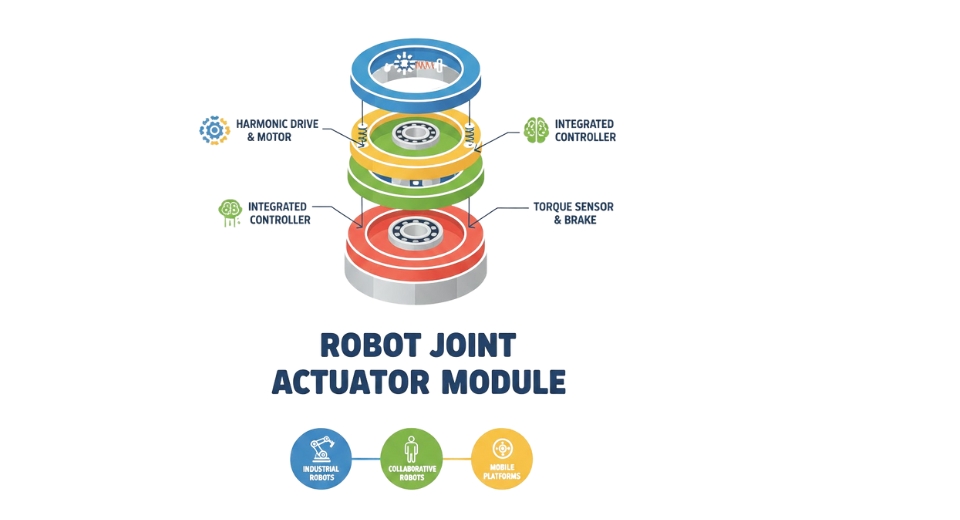
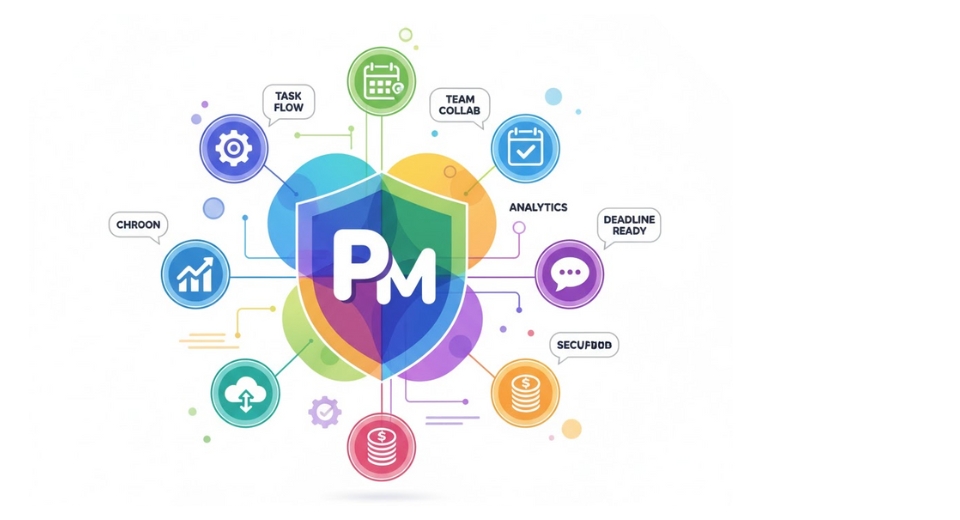
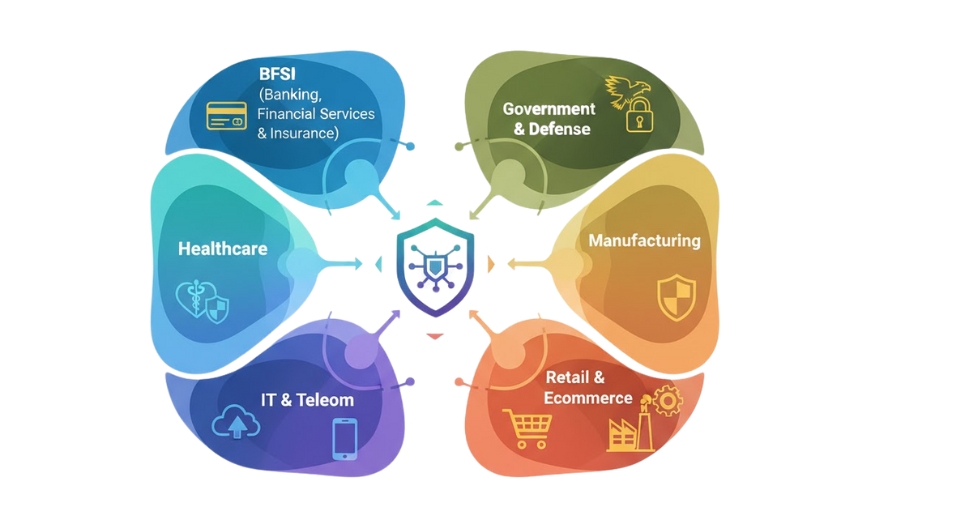
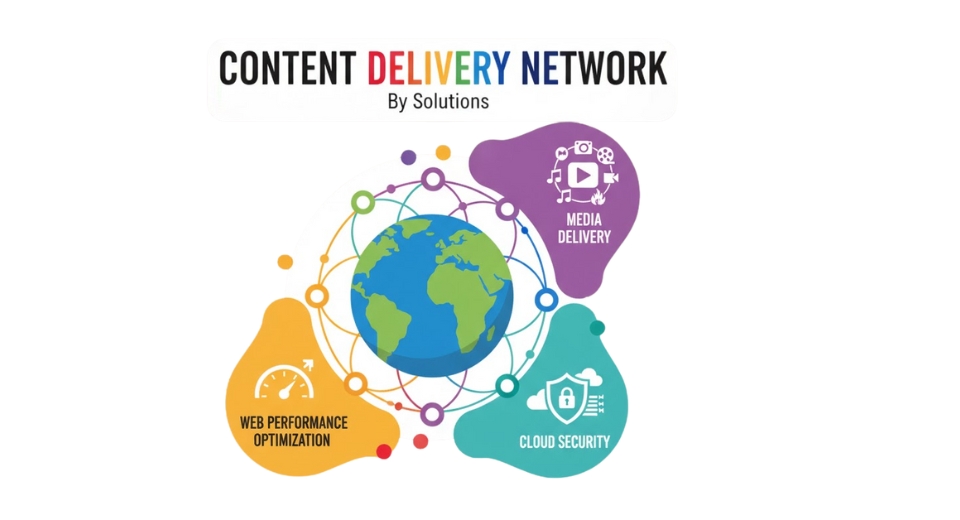

 US: +1 3023308252
US: +1 3023308252






